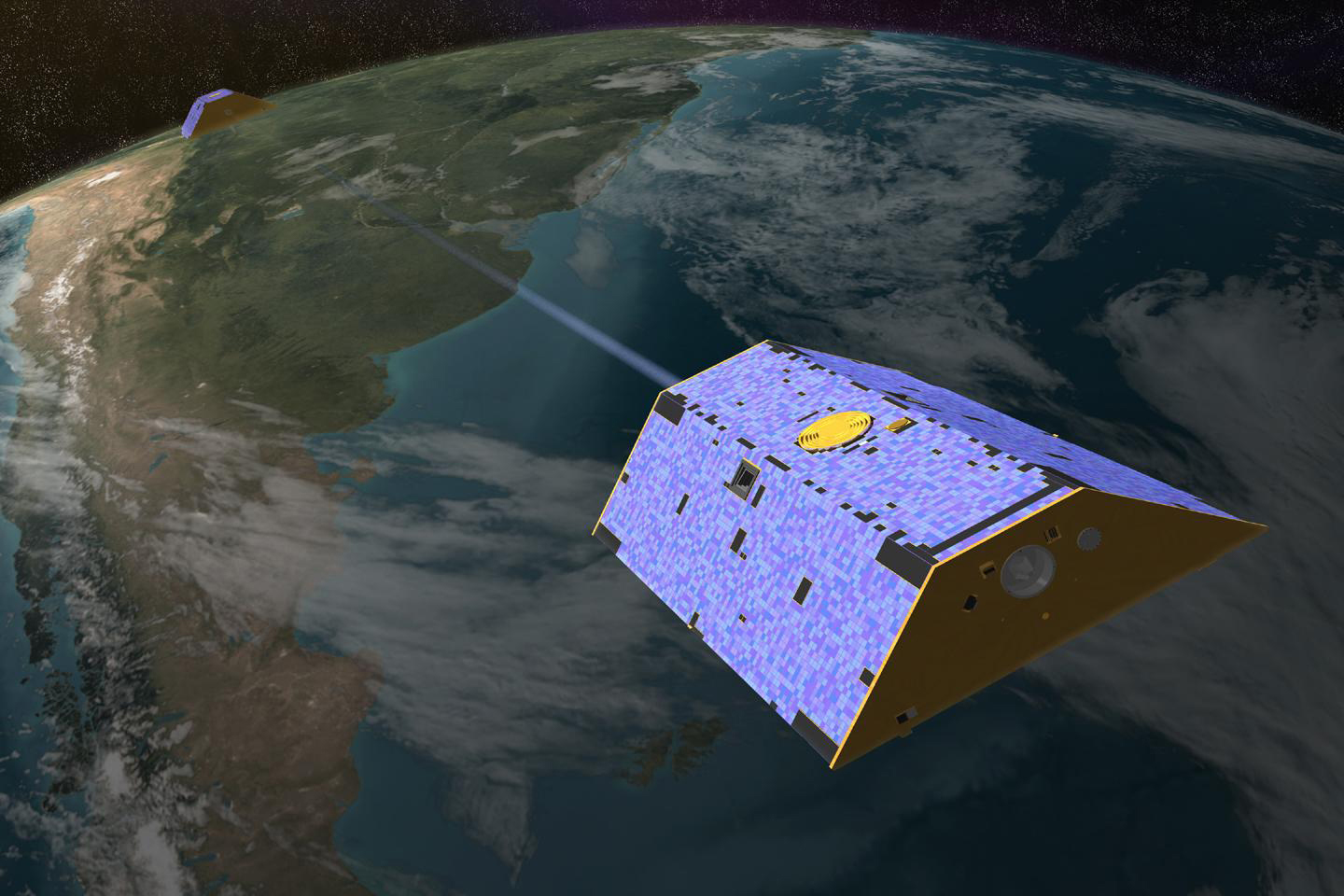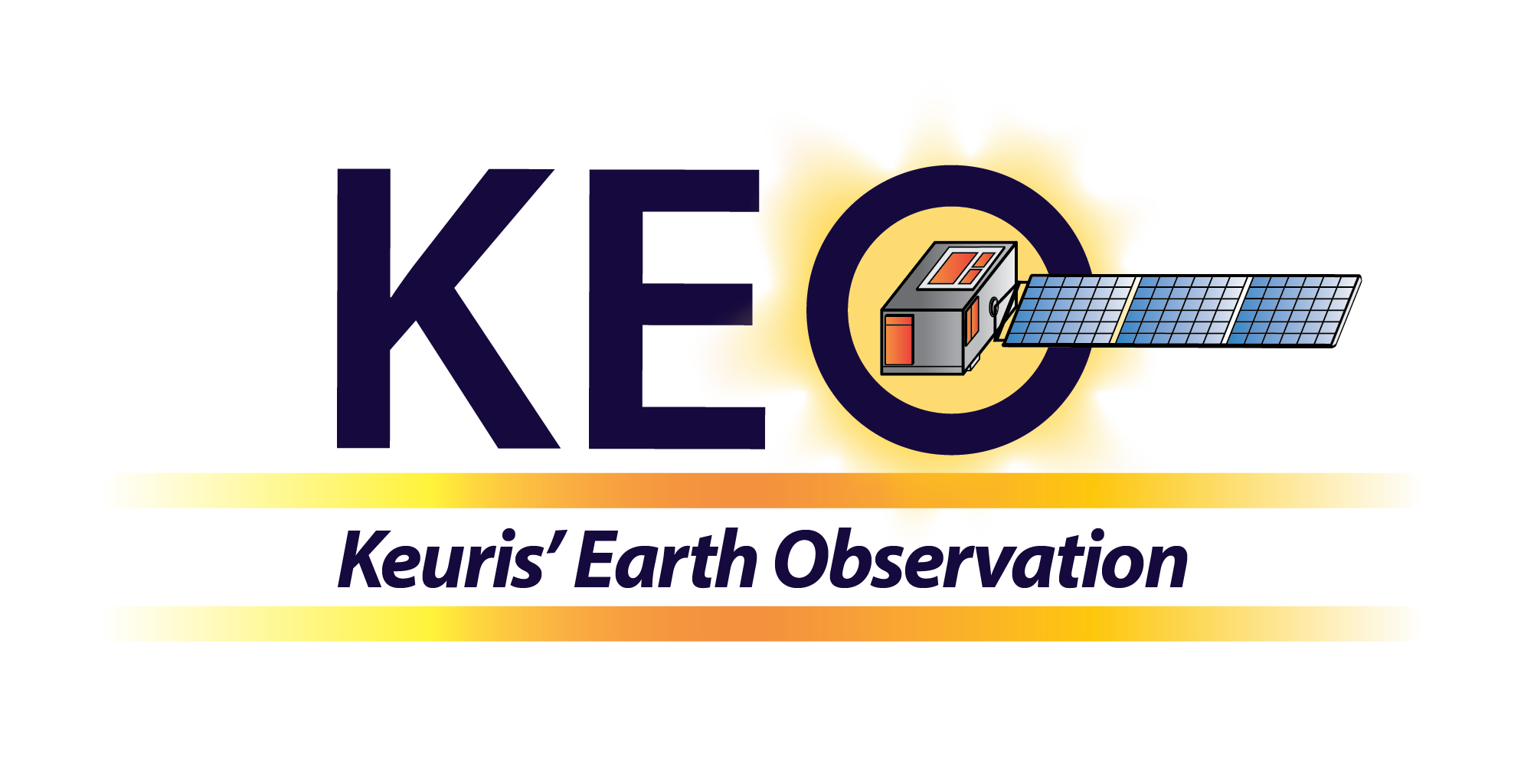GRACE
The GRACE satellite mission, short for Gravity Recovery and Climate Experiment, was a groundbreaking scientific endeavor that played a pivotal role in understanding our planet's changing climate and its impact on Earth's water resources. Launched in 2002 by NASA and the German Aerospace Center (DLR), GRACE consisted of twin satellites orbiting Earth in tandem, using precise measurements of gravitational field variations to unlock crucial insights into our planet's dynamic processes.
GRACE was a game-changer because it offered a unique perspective on Earth's water distribution. By detecting tiny changes in the Earth's gravitational field caused by shifts in water mass, it provided a comprehensive view of the planet's water movement, including ice melting, groundwater depletion, and ocean currents. These insights were invaluable for scientists studying climate change, as they allowed us to monitor the impact of global warming on Earth's water cycle and sea level rise.
The GRACE-2 satellite was decomissioned on 27 October 2017, which ended the science mission after 15 years of service. Building on the success of the original GRACE mission, the GRACE Follow-On (GRACE-FO) mission was launched in May 2018, continuing and expanding upon its vital work.
You can read more about GRACE and GRACE-FO here.
Estimating Glacier Mass Change
The work done here describes the mass change estimation using GRACE L2 data. Apart from all the technicalities described in the document, one of the key elements is the successful (direct) quantification of the observed mass loss of the Jakobshavn glacier over a period of about six years (from November 2010 until March 2016). The main challenge here was the resolution of GRACE data, which easily exceeds 100 km. Nevertheless, the calculations done in this work showed that the ice mass loss was estimated at -26.6 ± 2.9 Gt/year. For reference, 1 Gt is 1 cubic km of water. Simultaneously, the outcome was compared to CryoSat-2 based estimates of the mass loss, which was estimated at -24.7 ± 3.0 Gt/year. You can find more on CryoSat-2 here.

NASA/JPL-Caltech, Artist's concept of Gravity Recovery and Climate Experiment (source).

